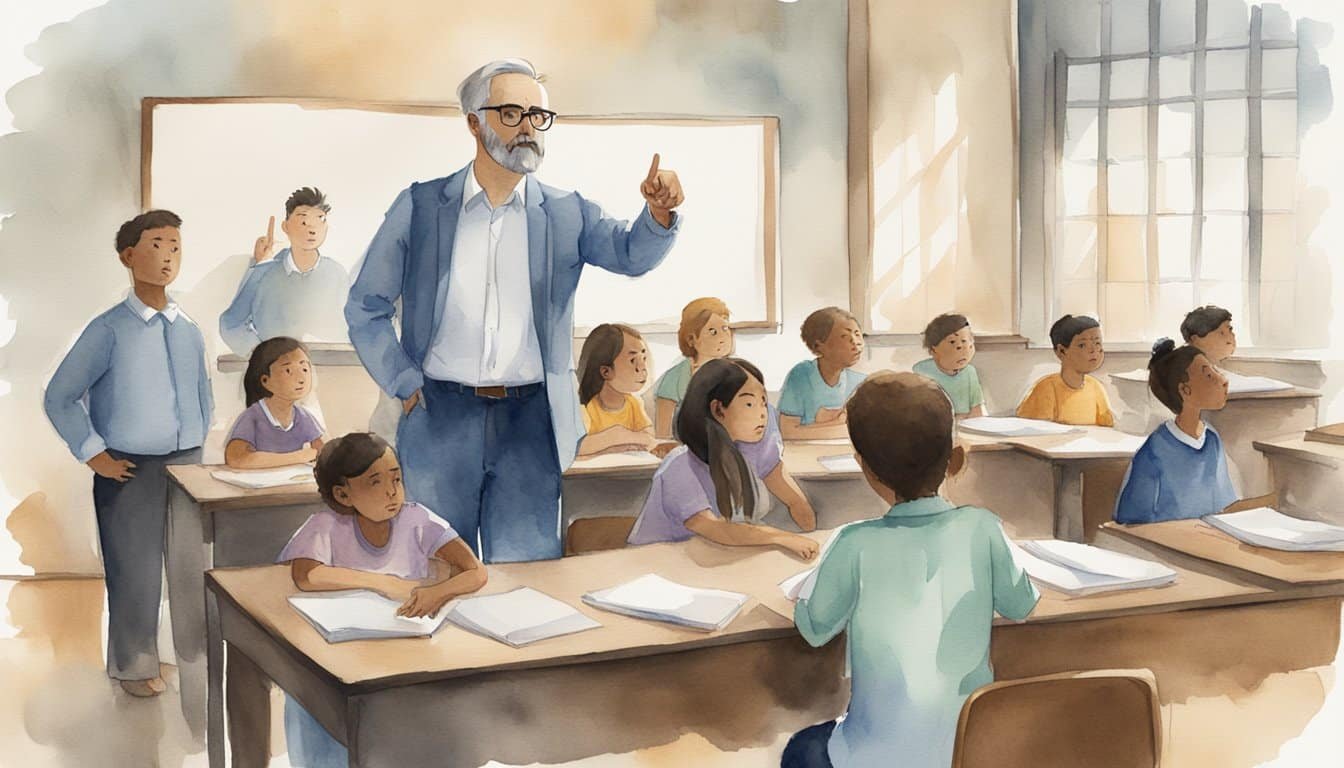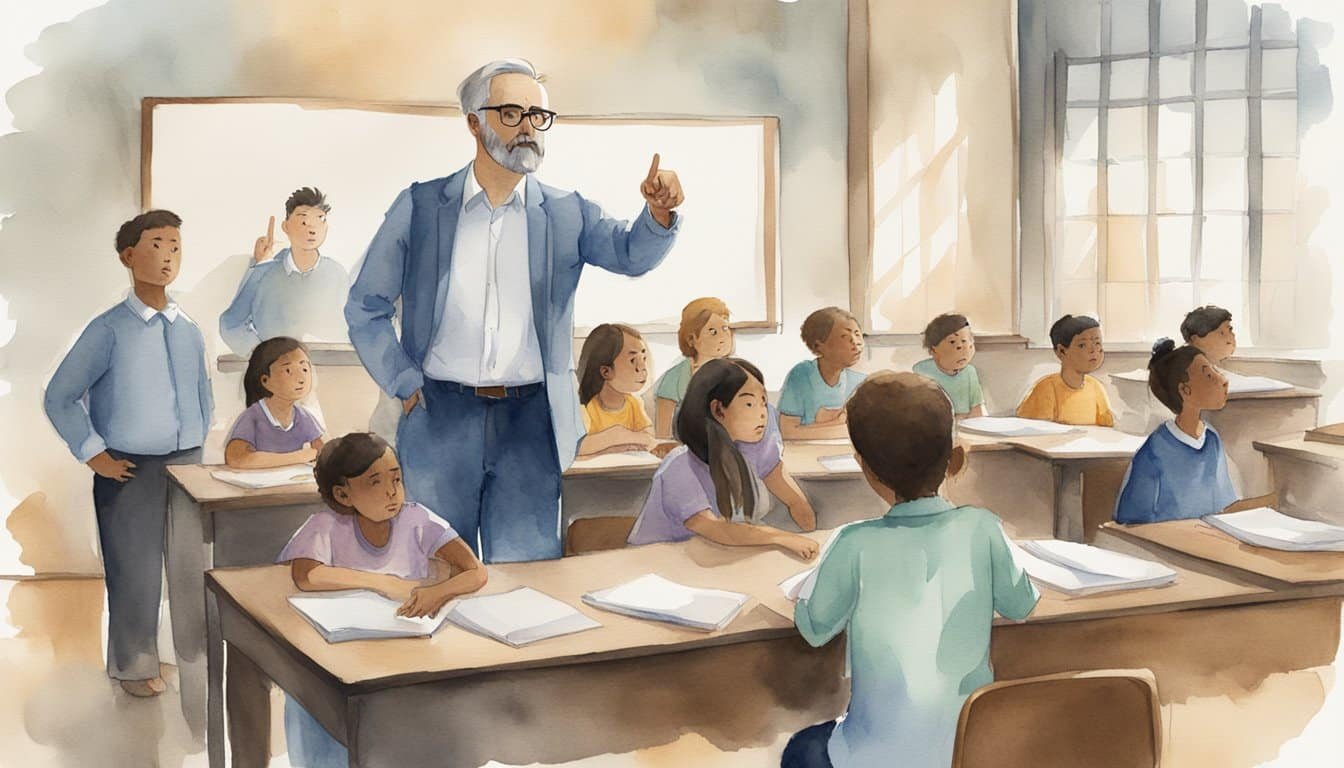Understanding Teacher Bullying Behavior
When one typically thinks of bullying, it is students that come to mind as the usual suspects. However, it’s important to address a much less discussed aspect: teacher bullying, encompassing both overt and subtle acts leading to student victimization.
Defining Teacher Bullying
Teacher bullying can be identified as any pattern of behavior by an educator that is intended to belittle, intimidate, or harm a student. While the image of a teacher may universally be associated with support and guidance, some display verbally abusive tendencies or engage in actions that can lead to emotional harm.
Types of Bullying Conducted by Teachers
The spectrum of bullying behaviors from educators varies significantly:
- Verbal Abuse: Caustic comments, sarcastic remarks, or dismissive language can undermine a student’s confidence and well-being.
- Emotional Manipulation: Some teachers may intentionally exclude or ridicule students, affecting their emotional development.
- Physical Intimidation: Although less common, there are instances of physical abuse or aggression exerted by educators.
Psychological Impacts on Students
Students at the receiving end of teacher bullying may experience a range of psychological effects:
- Increased victimization from peers, since a figure of authority sets a precedent for acceptable behavior.
- Development of anxiety, depression, or chronic stress due to continuous emotional harm.
- Academic regression and a loss of interest in learning activities can stem from a fear of further bullying encounters.
Understanding
Identifying and Addressing the Issue

When teachers bully students, swift and clear steps must be taken to document the incidents, engage with school officials, and understand the legalities involved. A constructive approach can mitigate the situation and protect the students’ welfare.
Documentation and Reporting Procedures
Ensuring all instances of teacher bullying are properly documented is the first critical step. Victims or witnesses should create detailed records of the incidents, including dates, times, and descriptions. These documents form the groundwork for all subsequent actions and are vital when meeting with school officials or initiating legal procedures. Students and parents might consider maintaining a log, formatted as follows:
- Date & Time: MM/DD/YYYY, HH
- Location: Detailed place of the incident
- Description: Objective account of the occurrence
- Witnesses: Names and contact information
- Evidence: Copies of any relevant video/audio clips or photographs
Meeting with School Officials
After documentation, scheduling a meeting with the appropriate school authorities is crucial. The principal or designated school officials should be formally informed. It is usually best to follow the school’s chain of command, starting with the classroom teacher (if applicable), then moving to the head of department, and finally escalating it to the principal if the situation remains unresolved. This discussion should happen in a structured environment, with the objective to clearly communicate the problem and seek a resolution. Documentation prepared earlier facilitates the gravity of the situation to be effectively communicated during the meeting.
Legal Framework and Disciplinary Procedures
Depending on the severity of the bullying and the school’s response, it might be relevant to become acquainted with the legal framework and disciplinary procedures. Regulations such as the Norwegian Education Act mandate that all students have a right to a safe and secure learning environment. If the school’s disciplinary procedures lack in addressing the issue sufficiently, parents and students may need to explore external legal advice. In some cases, understanding the balance of power within the educational system can be crucial to ensure an appropriate and effective response to the situation.
Prevention and Support Strategies

Creating a safe and supportive learning environment requires proactive measures to prevent teacher-led bullying and to support students who may be affected by it. Strategies should focus on fostering a positive classroom atmosphere, developing robust support systems, and involving parents and guardians in intervention efforts.
Building a Positive Classroom Environment
Teachers can lay the foundation for a respectful and nurturing classroom by utilizing effective classroom management techniques that promote inclusivity and student engagement. Establishing clear rules and expectations with the active participation of students helps them develop a sense of self-efficacy and belonging. Teaching conflict resolution skills and celebrating diversity are critical components in reducing instances of bullying and building a community where every student feels valued, thus enhancing their self-esteem.
Support Systems for Affected Students
Providing a safe space for students to speak up is vital. Schools should ensure that counselors are approachable and trained to manage sensitive situations involving bullying. The involvement of a counselor can facilitate communication between the students and teachers and offer a support network to promote resilience against negative experiences. In cases where bullying has led to depression or anxiety, referrals to a pediatrician or mental health professional can be a critical step in supporting the student’s overall well-being.
Role of Parents and Guardians in Intervention
Active collaboration with parents and guardians is essential when addressing teacher-led bullying. Communication channels between home and school should be strong, transparent, and solution-focused, ensuring that parents are informed and involved in preventative strategies. They can serve as advocates for their children, working with the school to monitor progress and reinforce positive behaviors learned in the classroom. Parents are also in a prime position to notice changes that may indicate issues with bullying, such as shifts in mood or behavior, and should feel empowered to raise concerns with the school.

